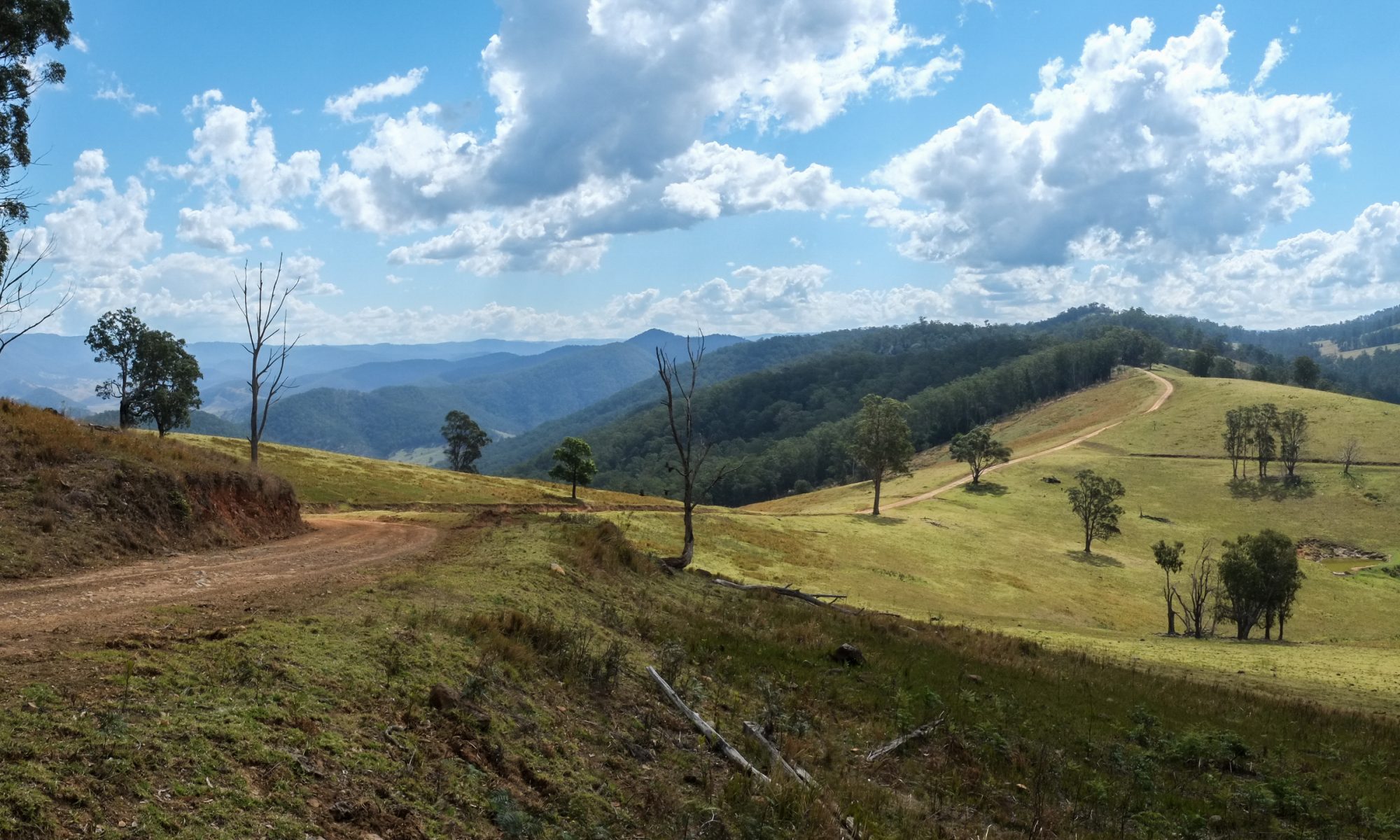I use several reference sources for planning my trips:
- Google Maps
- Basecamp (with my own OSM maps)
- Google Earth
- LPI Basemap (for NSW)
- HEMA road atlas and other explorer maps
- someone else’s tracks or destination ideas
are a few. They all have their own benefits and shortcomings. But put them together and they deliver reasonable confidence when deciding where to go and how to get there.
When it comes to actually navigating, there’s only one tool I find is up to the task. That’s Locus Maps.
I’ve recently paid for and tried the HEMA Explorer App and I can see now why I previously considered it lacking. I’ll try to explain why here. Both apps provide offline map solutions
 Locus Maps – Maps
Locus Maps – Maps
Locus Maps are vector maps built periodically on Open Street Maps (OSM) sources. If you contribute to OSM, then your edits will appear in Locus Maps which are updated about 3-4 times a year.
Vector maps are relatively small and scaleable (almost infinitely). My NSW, VIC and TAS total 562Mb.
 HEMA Maps – Maps
HEMA Maps – Maps
HEMA maps, on the other hand are raster maps which are basically bitmap images of their map at a fixed resolution so what you see at zoom level 1 is identical to what you see at zoom level 14.8. My NSW, VIC and TAS map tiles are 1.3Gb This is more than twice the size of the vector content with a lot less detail.
At the maximum zoom level, the image is at it’s limit and appears to be pixelating. From this point you have a choice, work at this maximum resolution or pay an additional fee to get 2 more zoom levels (zoom level 16). You are then able to zoom more before the same pixelation effect but it is still no where near as good as the vector map alternative.
Vector Vs Raster

Some people actually like the fact that no matter what zoom level you are using, the map detail remains identical. Using vector maps, the more you zoom in, the more detail is revealed. So much detail can be stored in vector maps that it would be impossible to show all the detail in the largest view size, it would be so cluttered that you wouldn’t see anything clearly. But some people get annoyed that they are forced to zoom right in to see things not visible at the larger sizes. I enjoy the process of revealing detail and appreciate the benefits this setup brings. Each to their own.
I certainly don’t like the file sizes of the Raster Maps. They are huge and because of that, they are slow to use. If you want to the improved scale from HEMA you are advised to download only the tiles you need and not the whole map area.
I have had the offline Locus Maps for Australia, Japan and South America on my phone simultaneously with no problem.
Costs
Locus Maps costs €9.99 compared with AU$49.99 for HEMA Explorer.
The maps for Locus are very cheap – Locus works in LoCoins, so to put some scale to a purchase/update, an update for New South Wales maps is 30 LoCoins (@200 LoCoins for €2) the purchase is about AU$0.45c.
HEMA, on the other hand, wants another AU$49.99 to upgrade to Pro for the improved maps or AU$9.99 per month.
Scale
The standard HEMA maps provide 1:150,000 scale with the Pro version improving this to 1:10,000. They refer to this as ‘unprecedented’. The Locus maps are 1:2,500 scale which is 4 times better than the ‘unprecedented’ HEMA equivalent.
Useability
Locus provides a customisable navigation interface which includes a ‘dashboard’ overlay if you wish. But a feature I really appreciate is the auto zooming while you move. As you move faster, the maps zoom out for a larger view so you can see the track turns well in advance. As you slow down, the map zooms in for more detail.
HEMA has no such feature set. Its stays on one zoom level. You have to stop and fiddle with the zoom and orientation when you need to check things.
